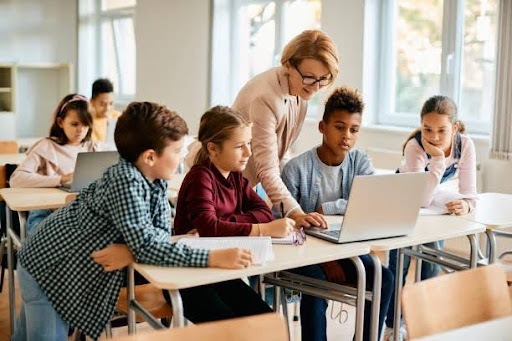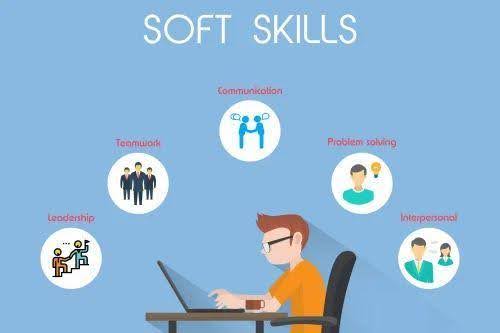In a world where misinformation and fake news are rampant, the need for media literacy education has never been more crucial. UNESCO, the United Nations Educational, Scientific, and Cultural Organization, is at the forefront of shaping how we navigate this digital landscape. Join us as we delve into how UNESCO is leading the charge in preparing future generations to critically analyze and understand the media they consume.
What is Media Literacy?
Media literacy training programs are the ability to access, analyze, evaluate, and create media in a variety of forms. In today’s digital age, where information is accessible at our fingertips, media literacy has become an essential skill for individuals to navigate through the vast amount of media content that surrounds us.
Importance of Media Literacy Education in the Digital Age
In today’s digital age, where information is readily available at our fingertips and anyone can create and share content online, media literacy education has become more important than ever. Media literacy refers to the ability to access, analyze, evaluate, and create media content in various forms such as text, images, audio, and video. It also includes understanding how media messages are constructed and how they influence our thoughts and behaviors.
UNESCO’s Efforts in Promoting Media Literacy Education
UNESCO (United Nations Educational, Scientific and Cultural Organization) has been at the forefront of promoting media literacy education around the world. Recognizing the significant role that media plays in shaping our societies, UNESCO has implemented various initiatives to promote critical thinking and responsible consumption of media.
UNESCO’s Media and Information Literacy (MIL) Curriculum for Teachers
Media and Information Literacy (MIL) is a crucial skill set in today’s fast-paced, digital world. With the rise of technology and the increasing accessibility of information, it has become more important than ever to equip individuals with the necessary skills to critically analyze and navigate media and information. Recognizing this need, UNESCO has developed a MIL curriculum for teachers to help them effectively integrate these skills into their classroom teachings.
The Future of Media Literacy Education: How UNESCO is Paving the Way
As we continue to navigate an increasingly digital and globalized world, media literacy education has become more important than ever. With the rise of social media platforms, fake news, and targeted advertisements, individuals need to possess critical thinking skills and be able to discern fact from fiction in order to make informed decisions. This is where UNESCO (United Nations Educational, Scientific and Cultural Organization) comes into play.
Unesco media literacy has been at the forefront of promoting media literacy education for over two decades. In 1989, they published a declaration on media education which recognized the importance of developing critical understanding of media messages in individuals. Since then, UNESCO has continued to advocate for media literacy education as a means of promoting human rights, democracy, and intercultural understanding.
One of UNESCO’s key initiatives in shaping the future of media literacy education is its Global Media and Information Literacy (MIL) Week. This annual event brings together stakeholders from around the world to discuss current trends and challenges related to MIL. It also serves as a platform for sharing best practices, resources, and strategies for integrating MIL into formal and informal education settings.
In addition to hosting this event, UNESCO has also developed several tools and resources that educators can use when teaching about media literacy. One such tool is the Media Smarts Toolkit which provides lesson plans, activities, and resources for teachers looking to integrate MIL into their classrooms. Another valuable resource is the MIL Curriculum for Teachers which outlines competencies that students should develop in order to be considered “media literate.” These resources not only help educators teach about media literacy but also provide a framework for assessing students’ skills in this area.



